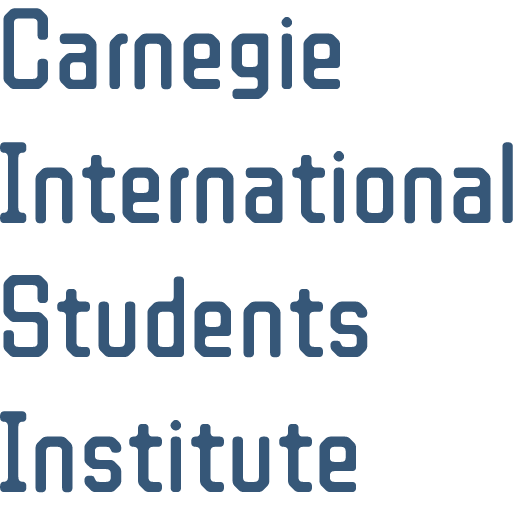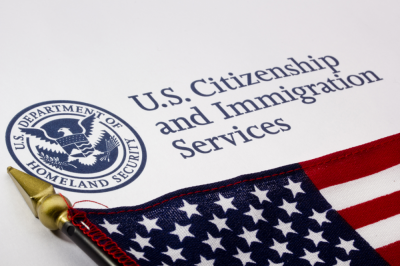How do I convince my employer to accept Day 1 CPT?
During the hiring process, many employers still harbor doubts and misunderstandings about hiring candidates who require Curricular Practical Training (CPT) to work. They may view Day 1 CPT as an unregulated internship method or worry about additional administrative burdens and legal liabilities. Some employers even mistakenly believe that hiring someone on CPT could conflict with immigration regulations, making them reluctant to employ such candidates. However, the reality is often not as complicated, and understanding the true nature and process of Day 1 CPT can help employers overcome these misconceptions and recognize its actual benefits and feasibility. This article will help students articulate how to communicate with employers during their CPT employment period.

Part One: Introducing CPT to Employers
Firstly, it’s necessary to explain to employers what CPT is and its purpose. CPT stands for Curricular Practical Training, a form of work permit that allows F1 visa holders in the US to intern or work legally during their studies, provided that the work is directly related to their academic program. This type of internship is typically a required part of the degree program, aimed at giving students practical work experience to bridge the gap between academic theories and practice.
Secondly, the legality of CPT and its usage must be clarified to the employer. According to the US Citizenship and Immigration Services (USCIS), CPT is a legal entitlement for F-1 visa holders to work in the US while studying, but it must be part of the degree program and approved by the school. Therefore, students maintain their student status during CPT and must ensure that the internship is closely related to their field of study. Both the Immigration and Customs Enforcement (ICE) and the US Code of Federal Regulations (CFR) support this, ensuring that the student’s CPT experience aligns with their academic goals, thus guaranteeing the program’s legality.
Part Two: Explaining to Employers: Their Support is Needed
Many employers confuse CPT sponsorship with H-1B sponsorship, thinking that the company must incur additional costs or legal responsibilities, thus refusing to hire employees on CPT. During negotiations, you need to clarify the following points to alleviate employer concerns:
1) CPT Sponsorship does not require any additional fees from the employer.
2) Employers only need to provide an Offer Letter and a signed CPT Agreement form.
The Offer Letter should include the following information:
– Company letterhead with employer name
– Student’s legal name
– Position title
– Start date of employment
– No end date, or an end date that is no earlier than the CPT end date
– Employer’s address or proof of remote work
Position Description Document – a separate file:
– Company letterhead with employer name
– Student’s legal name
– Position title
– Description of duties (related to the student’s field of study)
However, some employers might refuse to sign any documents due to legal concerns or administrative burdens. In such cases, students can opt for alternatives, submitting an Offer Letter and Position Description Document, or an Employment Verification Letter with a job description. If these documents do not use company letterhead, they still require an employer’s signature.
Employment Verification Document needs to include:
– Company letterhead with employer name
– Student’s legal name
– Position title
– Start date of employment
– No end date, or an end date that is no earlier than the CPT end date
– Employer’s address or proof of remote work
– Description of duties (related to the student’s field of study)
Note that each school has different CPT application requirements. Please understand your school’s specific requirements and materials list well in advance, and prepare accordingly.
Part Three: Communication Strategy
Be fully prepared: Before contacting potential signatories, ensure you have a deep understanding of all relevant CPT requirements and have prepared all necessary documents and detailed explanations.
Communicate clearly: Clearly explain to potential signatories why their signature is needed, including how it helps you meet academic requirements and the potential benefits to the project or company.
Formal request: Formally request their signature via email or in writing. If possible, arrange a face-to-face or video meeting to directly explain the situation and answer any questions.
For further queries about CPT applications, feel free to contact the Carnegie International Student Institute (CISI) +1 (412) 313-4232 or [email protected] for free consultation (our service is completely free)!




